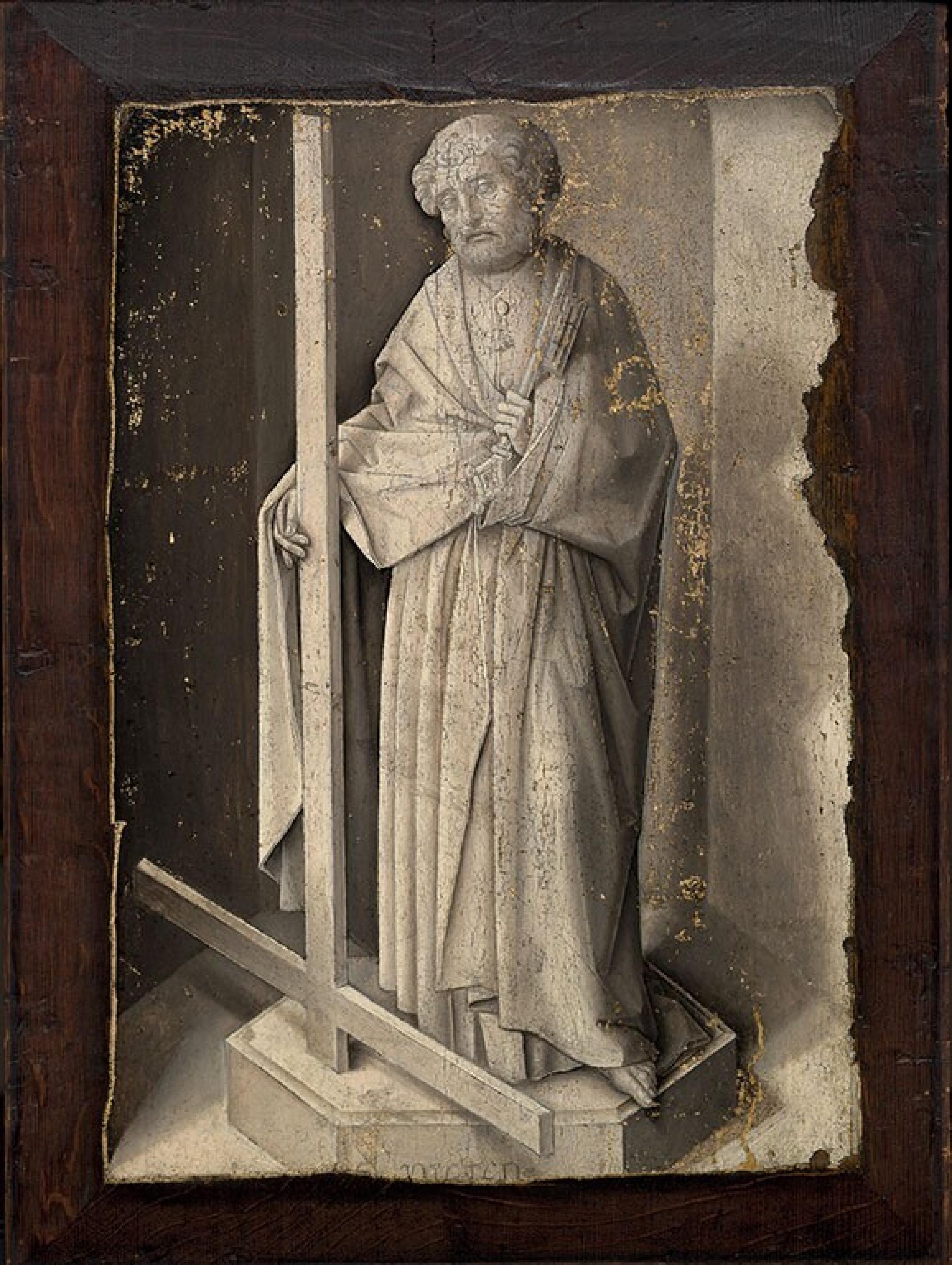Because the maker's name is unknown, art historians named him after his painting in Douai, showing the gathering of the Manna. The museum owns a panel that was made by the same painter and has the same origins. The name is improvised; as so often happens in that period, the real name of the artist is unknown. Nothing is known about the artist; he may have worked in Leiden or in the vicinity of the person known as Albert van Ouwater, who was active in Haarlem. The unknown master worked in the time of the earliest known Dutch paintings. He is therefore one of the great pioneers of Dutch painting.

Meester van de Inzameling van het Manna
werkzaam circa 1460 - 1480



